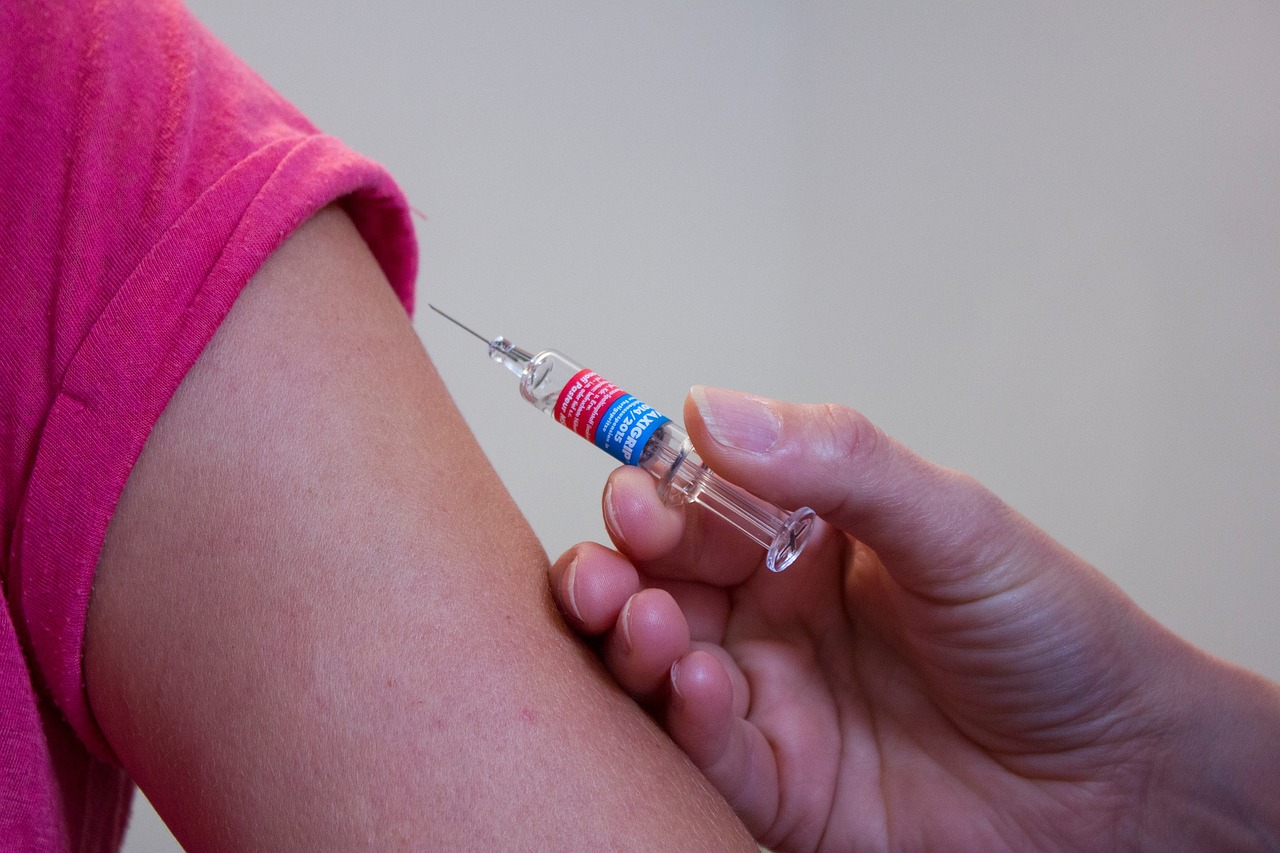
Among the most common sexually transmitted diseases is the Human Papillomavirus or HPV. In 2006, a vaccine became available to protect against the cancers that develop from these viral infections. A new study shows since then, the vaccine has been effective at lowering cervical cancer cases. HPV is a group of more than 200 related viruses, and types 16 and 18 account for seventy percent of all cervical cancers.
Routine pap smears can screen for pre-cancerous cells caused by HPV infections the body can’t clear, but that can be avoided by the HPV vaccine. Data collected between 2008 and 2022 shows that among women in their 20s, the rate of cervical precancers fell by almost 80 percent. And a nearly 40 percent fall in the precancerous grade cervical lesions most likely to develop into cancer. In that same time, the cases spiked among women in their 40s to 60s who were not eligible for the vaccine. We need more confirming studies, but seems the vaccine is working very well.
Gardasil and the updated Gardasil9 are recommended for boys and girls at ages 11 and 12 before they’re sexually active. However, this vaccine remains controversial since some think this will prompt promiscuity. They’re among dozens of vaccines that save lives since viruses and bacteria are responsible for one out of five cancers globally. Support vaccines because the people you protect will be the people you love most.
More Information
U.S. Sees Huge Drop in Cervical Precancers
Cervical precancer rates dropped precipitously among young women who underwent screening after the human papillomavirus (HPV) vaccine was first recommended in the U.S., CDC researchers reported.